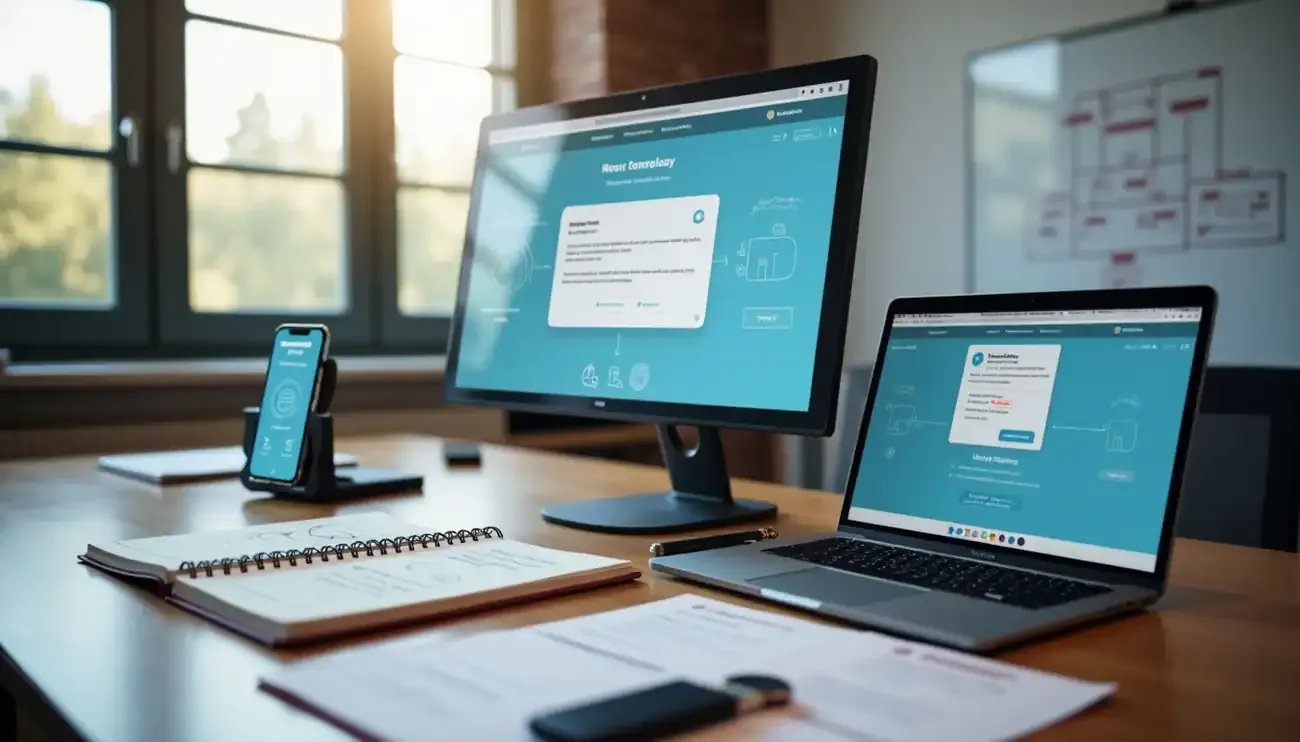Steps for Securing Enterprise Mobility Programs
Consider Creating a Comprehensive Plan to Include People, Processes, and Tools
There is no faster route to the headlines in any area of technology than a major security breach. The theft of even one digital record can have a momentous impact on the life of a person or corporation, and these days, records are being stolen by the millions. As we spend more and more time in the mobile world and move critical aspects of our well-being (such as bank accounts) to our mobile devices, one would hope that the security of mobile initiatives is a top priority to all organizations. Unfortunately, this isn’t always the case.
Security is often a secondary consideration, overlooked entirely or pushed to the later phases of a project to make room for additional features. The belief that something like getting hacked will always happen to “the other company” is far too common. With enterprise mobility, leaders should always consider that they are the other company.
There are many steps to securing enterprise mobility programs. First, mobile policies and master data management (MDM) systems are a must. Even in BYOD situations, IT organizations must be able to monitor and protect the mobile devices on their intranet. Areas of security outside of the mobile devices themselves should also be checked for vulnerabilities: backend servers that store data, front-end servers that host web applications and mobile services, and all points in between. To truly align security considerations in all areas of enterprise mobility, consider creating a comprehensive plan that goes beyondhardware and software to include people, processes, and tools. In each area, the plan should contain detailed roadmaps for risk assessment and mitigation, for controlling and monitoring points of vulnerability, and for ongoing protection.









